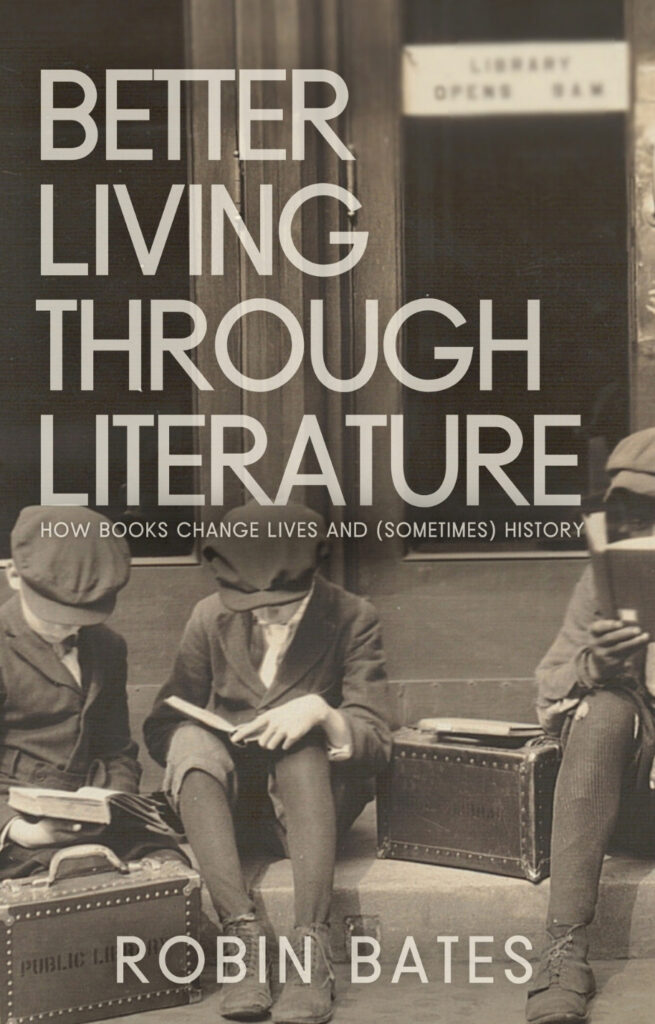
I met with my British Restoration and 18th Century Couples Comedy class for one last time today. I baked them a whiskey cake (I do this for all of my classes), and we reflected on the experience of the course.
We had undertaken quite a journey, starting out with the scandalous poetry of the licentious John Wilmot, Earl of Rochester, and concluding with Jane Austen’s conservative novel Sense and Sensibility. Along the way we had read the following:
Restoration comedies
William Wycherley, The Country Wife
Aphra Behn, The Rover
Tory Satire
Alexander Pope, Rape of the Lock
Jonathan Swift’s and Lady Mary Wortley Montagu’s “battle of the sexes” poems
Neo-Restoration Comedies
Oliver Goldsmith, She Stoops to Conquer
Richard Sheridan, School for Scandal
Hannah Cowley, The Belle’s Stratagem
18th Century Novels
Henry Fielding, Tom Jones
Frances Burney, Evelina
Jane Austen, Sense and Sensibility
We talked about how we had moved from the glittering cynicism of King Charles II’s court to the measured classicism of Alexander Pope’s ballroom and to the outbreak of sentiment in the mid-18th century when the ideas of Jean Jacques Rousseau’s ideas started to permeate the English sensibility and it became permissible to express one’s feelings in public. We talked about how we had looked at hard comedy and soft comedy, aggressive comedy which laughs at (the ideas of Thomas Hobbes) and sympathetic comedy that laughs with (the ideas of the Earl of Shafesbury). And we looked again at the inherent tension that exists within all romantic comedy between romance (which is close-up and of the heart) and the comic (which is distancing and of the head).
My students said they had found one exercise particularly enlightening. I had drawn a spectrum on the board, from hard comedy to soft comedy, and asked them to place the works we had read in the course. We also situated current romantic comedies, both films and television shows, along that spectrum. We learned about ourselves by noting where our own preferences lay. Some of us were harder, some softer, and some were in the middle.
I used to be aligned at the hard end of the spectrum but find myself moving towards the soft end. Therefore, whereas I used to prefer the hard edged and brilliant Restoration dramatists of the 1670’s (by Wycherley, Etherege, Fahrquahr, Behn, etc.), I find myself now more open to the milder Neo-Restoration dramatists of the 1770’s (Goldsmith, Sheridan, Hannah Cowley). I see this as a sign that I am no longer as uncomfortable with my own softness as I once was, even as I appreciate the distancing from my softness that comedy allows.
Most of my students, incidentally, were grouped where I would have been at their age, between the middle and the hard end. Maybe that’s a comment on youth.
Sense and Sensibility has proved to be the perfect capstone to the course because in this early Austen novel one sees a balance between the romanticism that is beginning to seize 19th century England with the 18th century’s distant formality and suspicion of excessive sentiment. Austen uses the book’s two sisters to explore the complex interaction between the two.
I’ll look at this exploration in a future post. I’ll just note here that Austen doesn’t come down on either side, despite her apparent preference for the older sister. While Marianne does need to control her emotions better, Elinor probably should allow her emotions freer rein, as she finally does towards the book’s conclusion (although she then immediately reasserts self control).
Anyway, I thanked my students for their willingness to enter into the works and our conversations about them. I learned a lot from them. More on that tomorrow.

